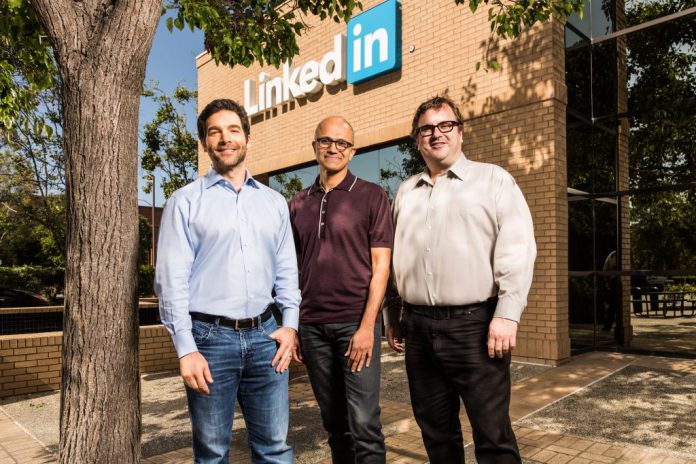Two years on, not a whole lot has changed for the two companies. As Microsoft promised, it’s left LinkedIn largely to its own devices, with only a few key integrations. However, as ZDNet’s Mary Jo Foley points out, integrating data graphs was a key goal. So far, progress on that front has been slow. According to Foley, the companies have made eight integrations in the two-year period. These include tools like Resume Assistant for Office 365, as well as backend additions like combining content filtering methods and profile targeting for Bing Ads. On the LinkedIn side, Microsoft has implemented its translation capabilities in the LinkedIn feed and integrated Dynamics 365 for Talent with LinkedIn Recruiter. For Office, there’s LinkedIn Insights in the calendar, email using LinkedIn connections, and LinkedIn profile cards in Outlook, OneDrive, and SharePoint.
Slow and Steady
These changes are not insignificant, and obviously, integrations take time. Rather than pushing for them as quickly as possible, the tech giant seems to be focusing on growth and features on the LinkedIn side. That’s a tactic that’s more likely to pay off in the long-term, with several aspects of the networking site receiving major overhauls. With the huge acquisition investment, it’s clear Microsoft is thinking long-term. It doesn’t seem in any particular rush to integrate, so far not pushing compatibility where it doesn’t make sense. In some ways, the acquisition of LinkedIn is a PR move. Microsoft brings a traditional open-source, unaggressive company into the fold, shows its good intentions, and grabs a board member like founder Reid Hoffman. As such, it’s unlikely this pace will change in 2019. There are too many ways LinkedIn can improve to rush integrations. However, with rumors that Microsoft is eyeing an Upwork acquisition, it’ll be interesting to see how the platform moves forward.




